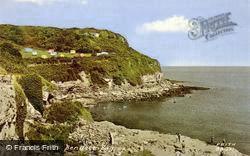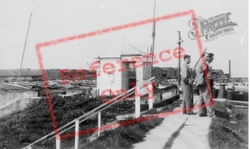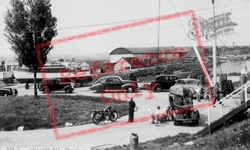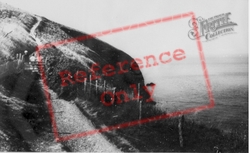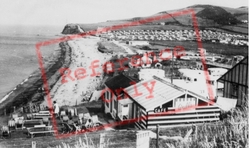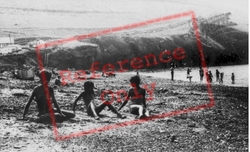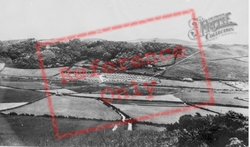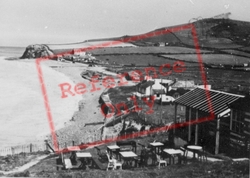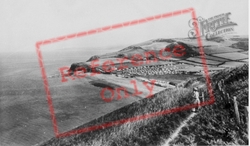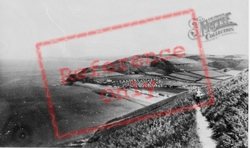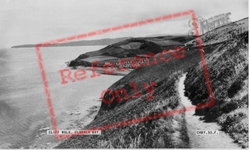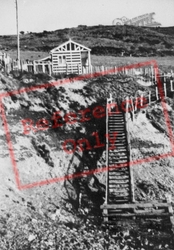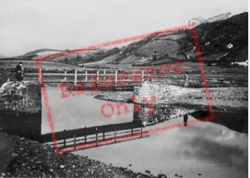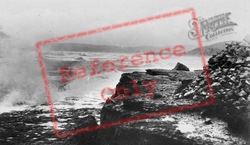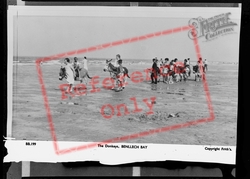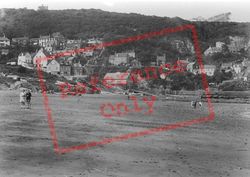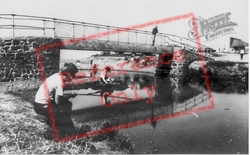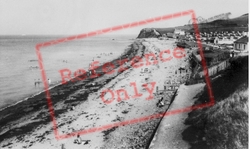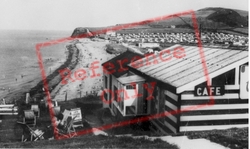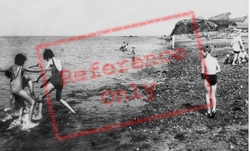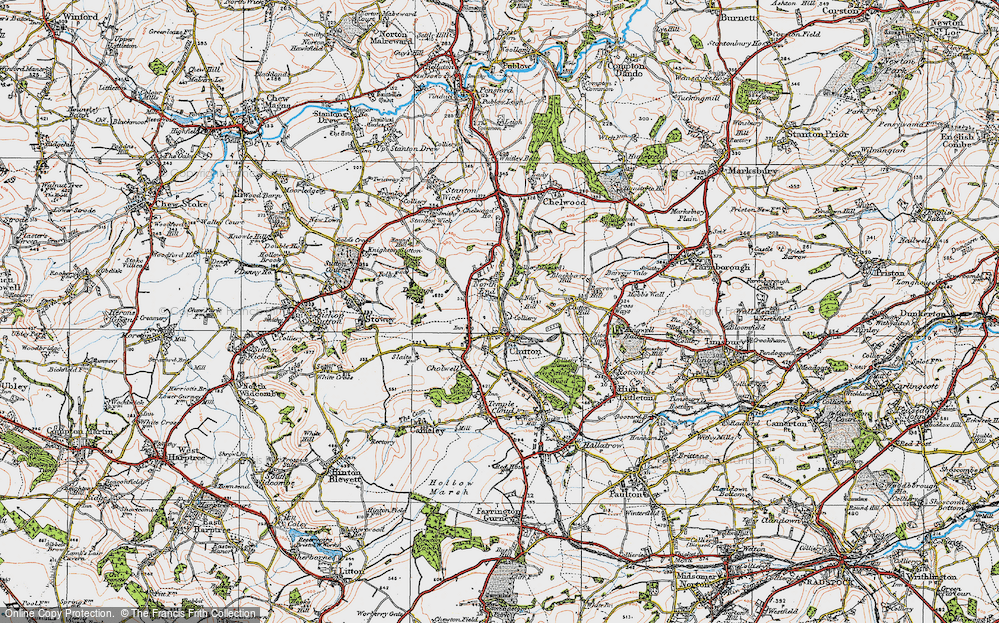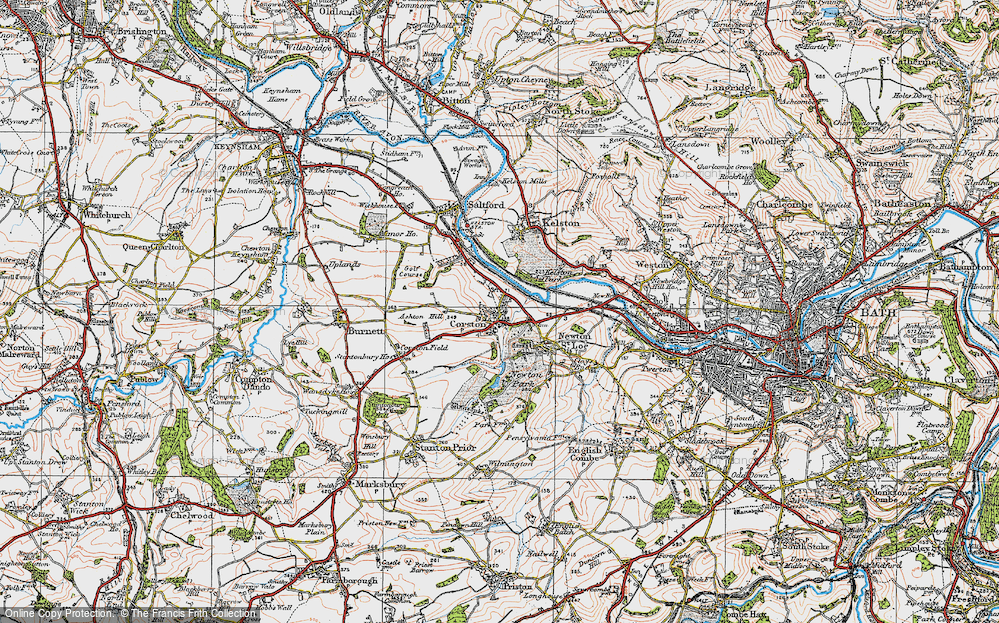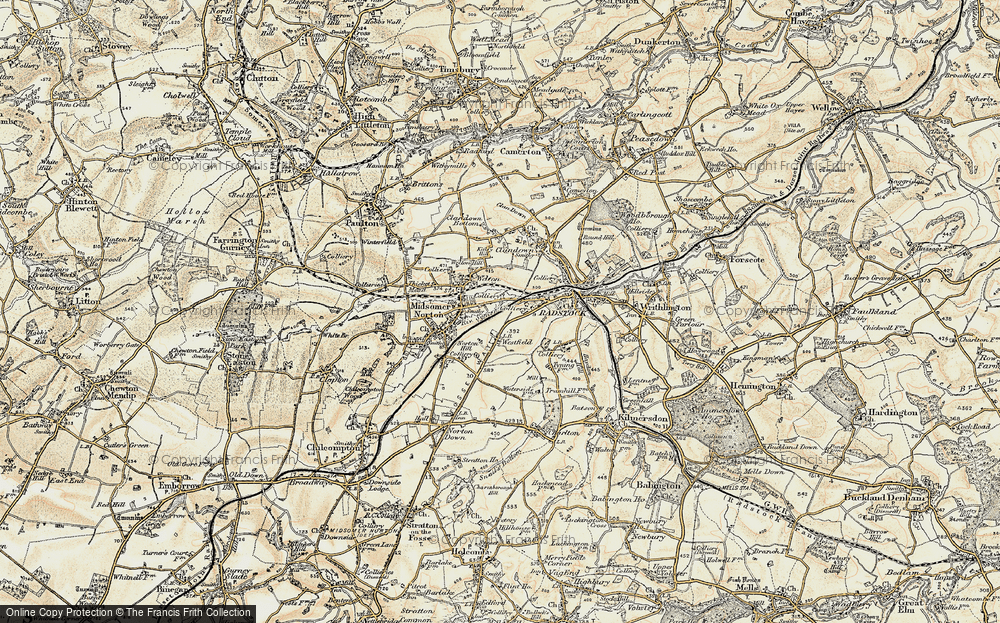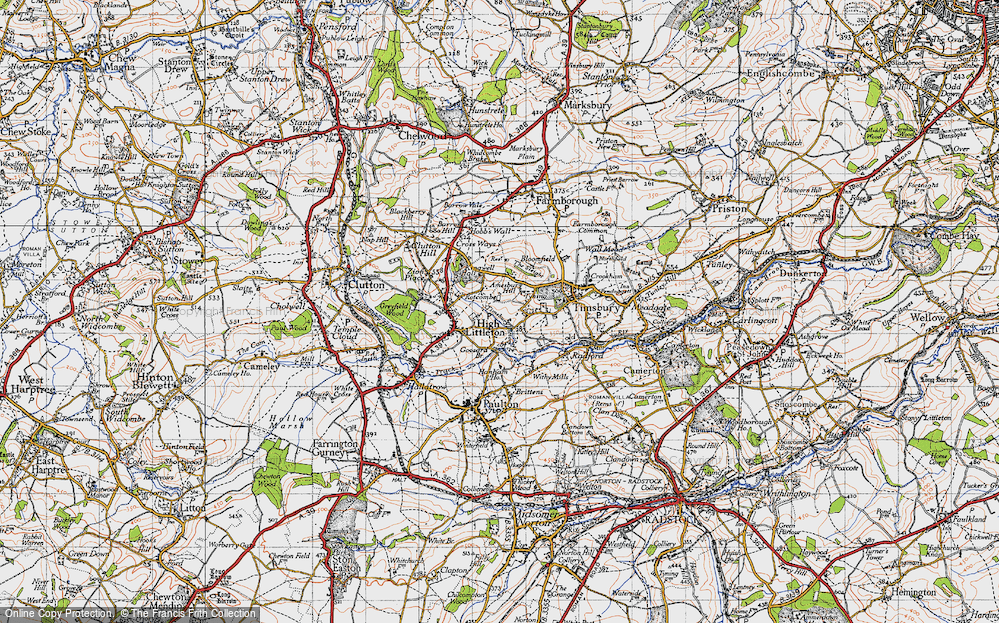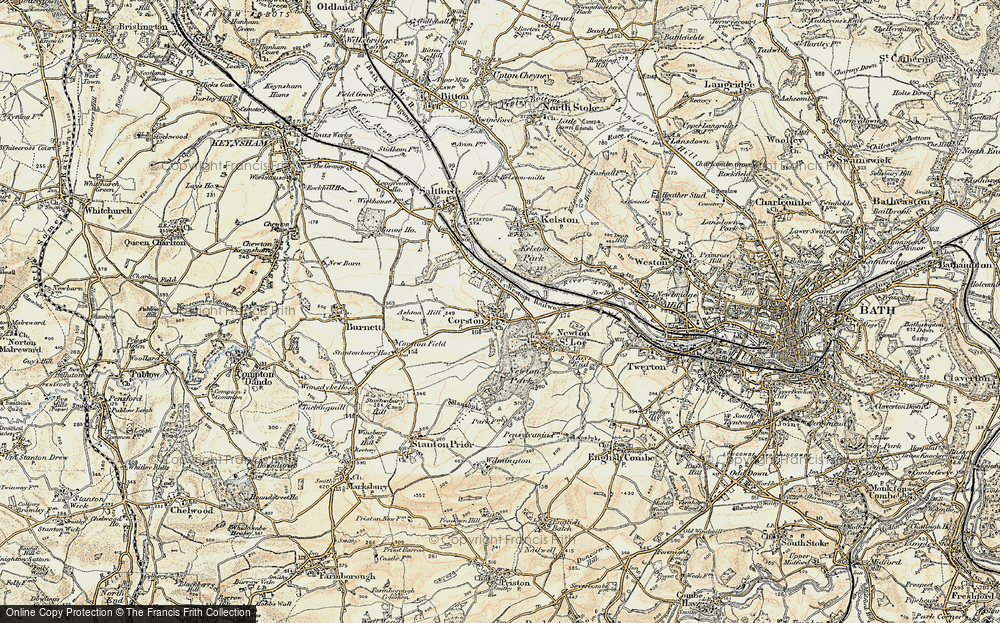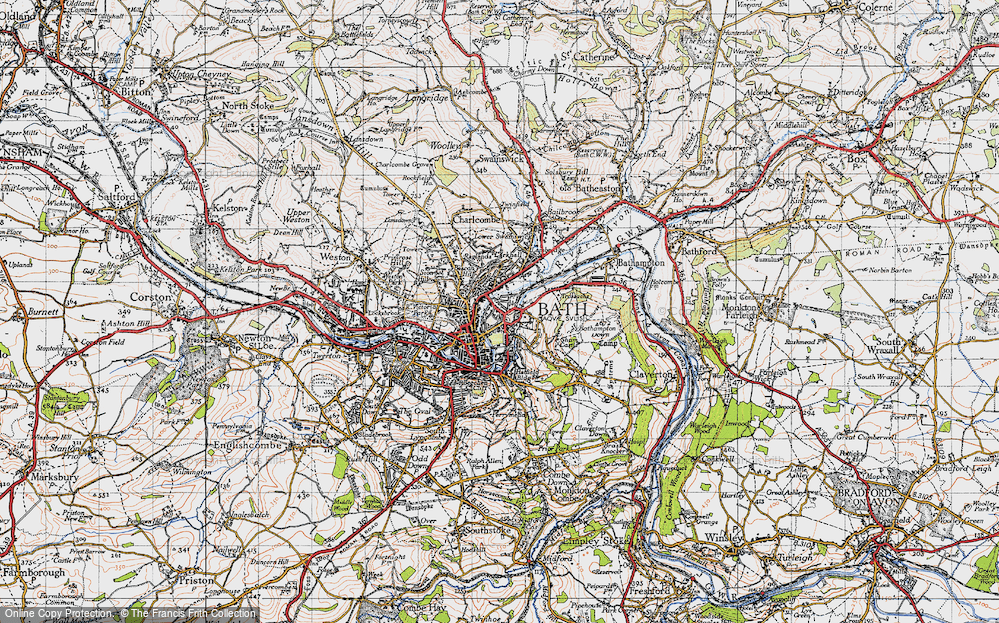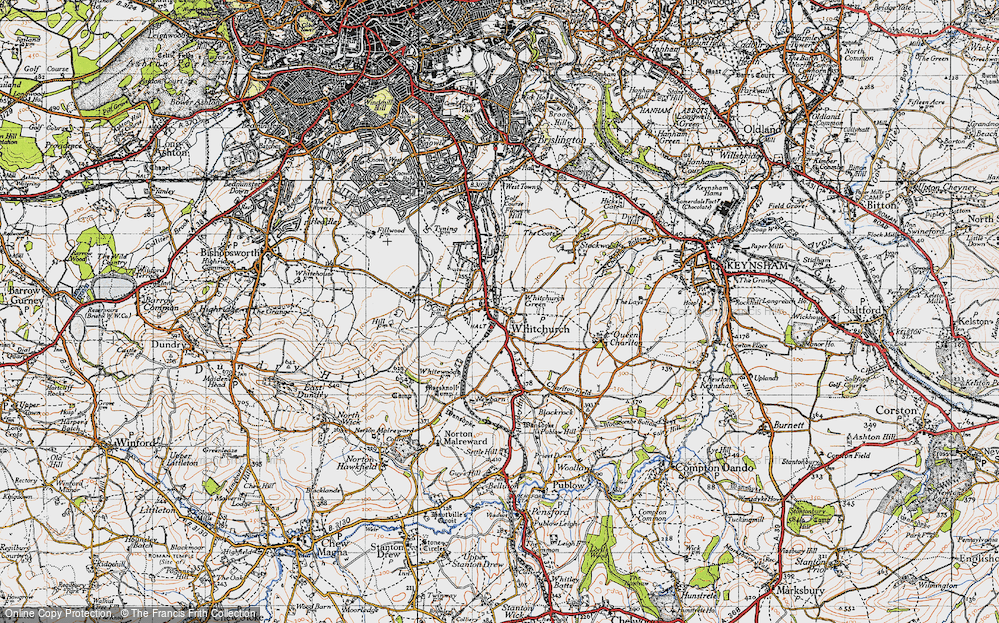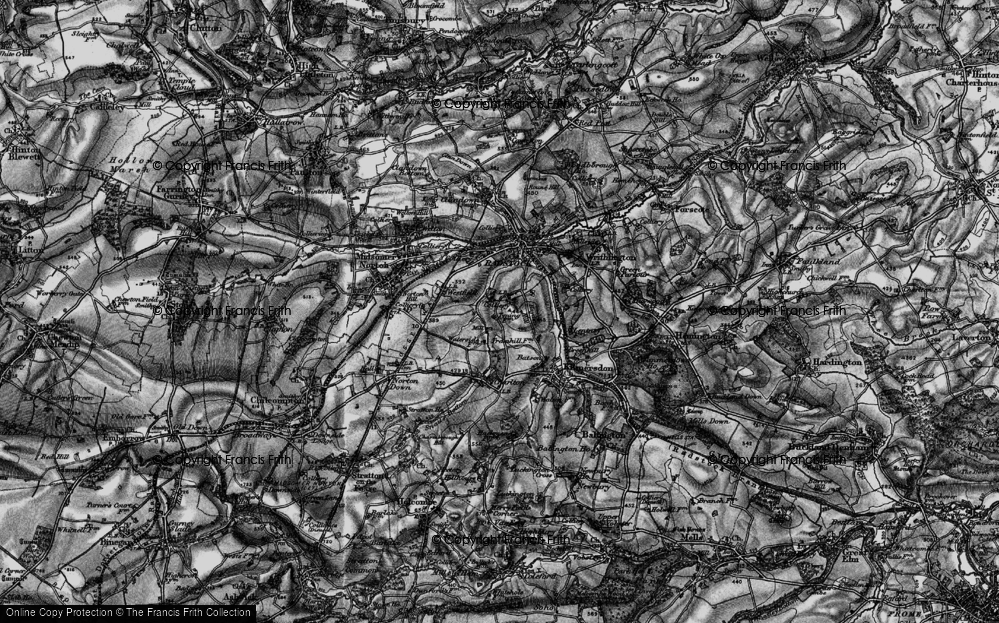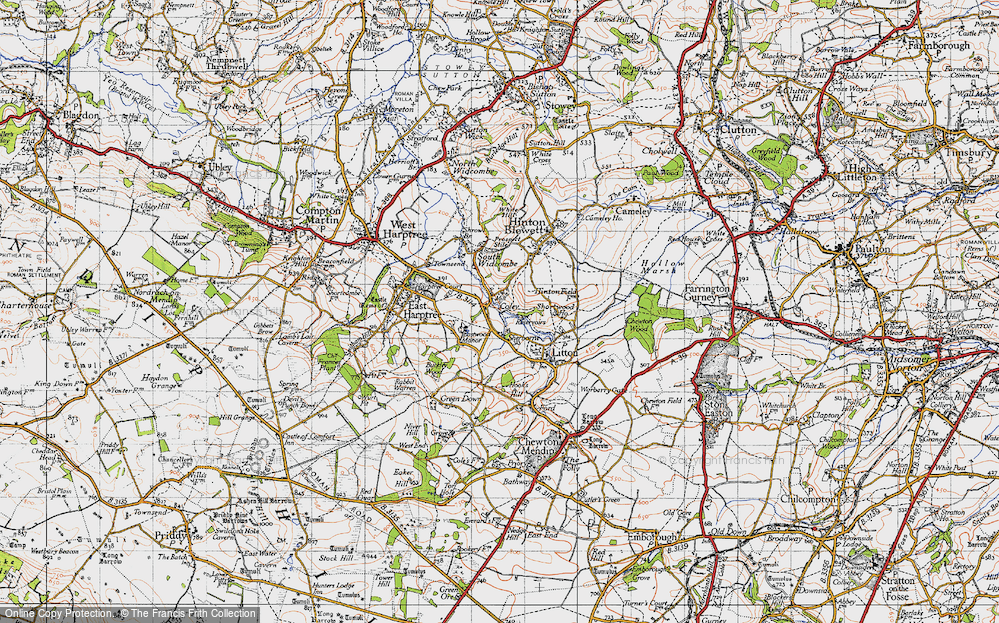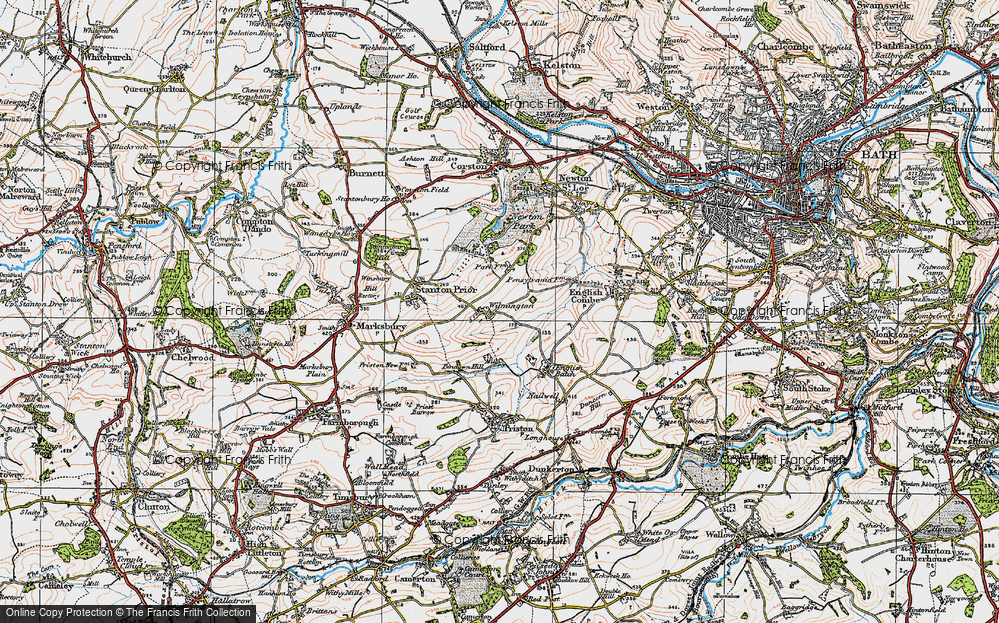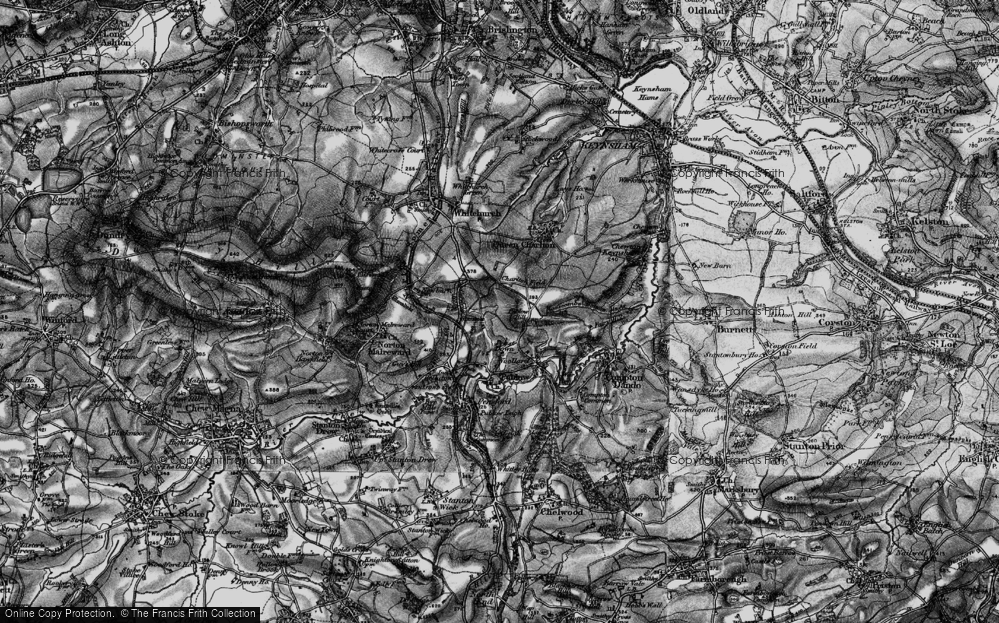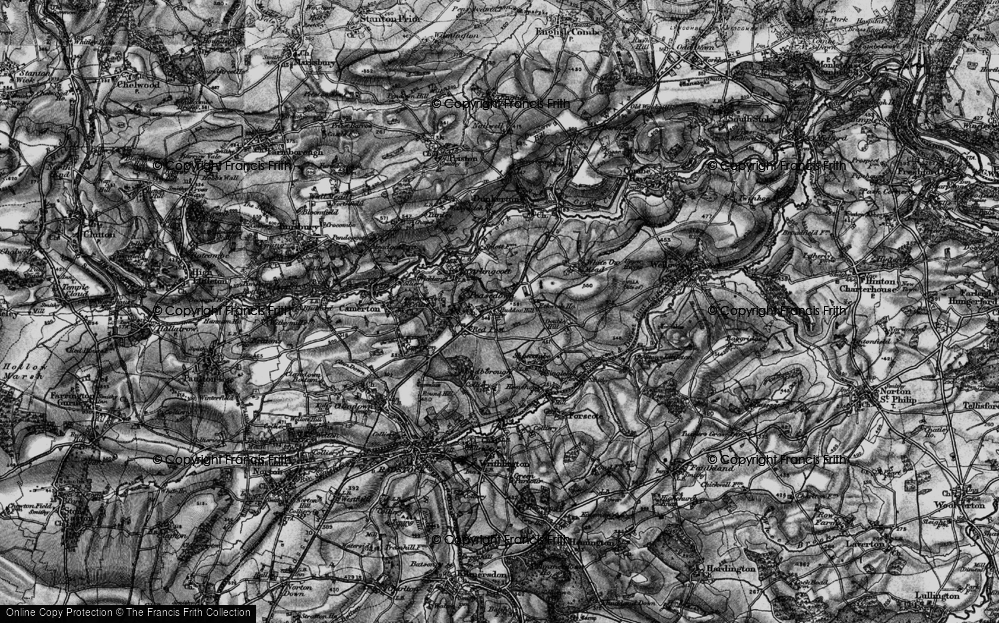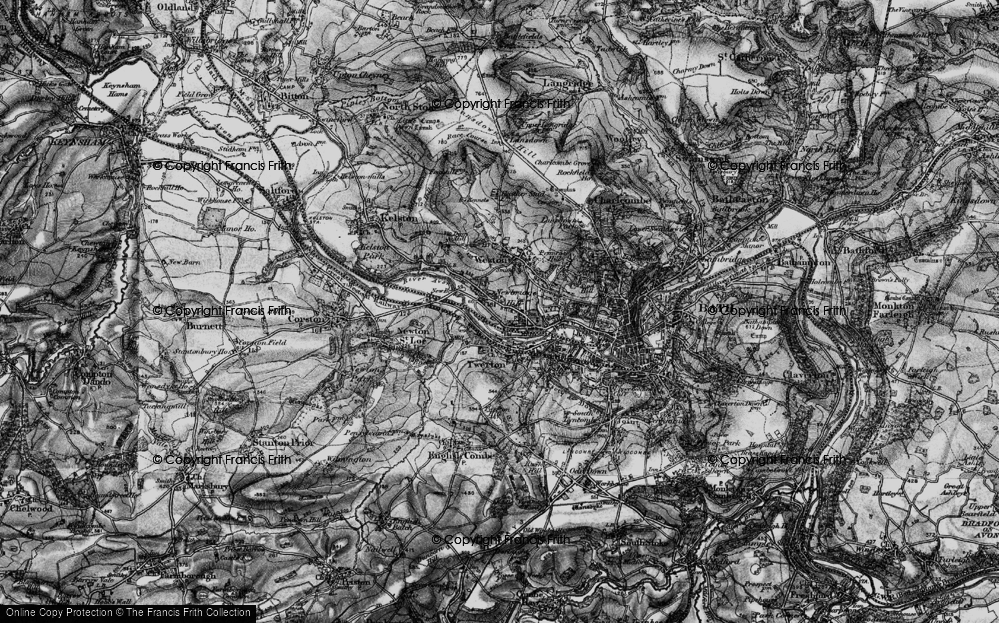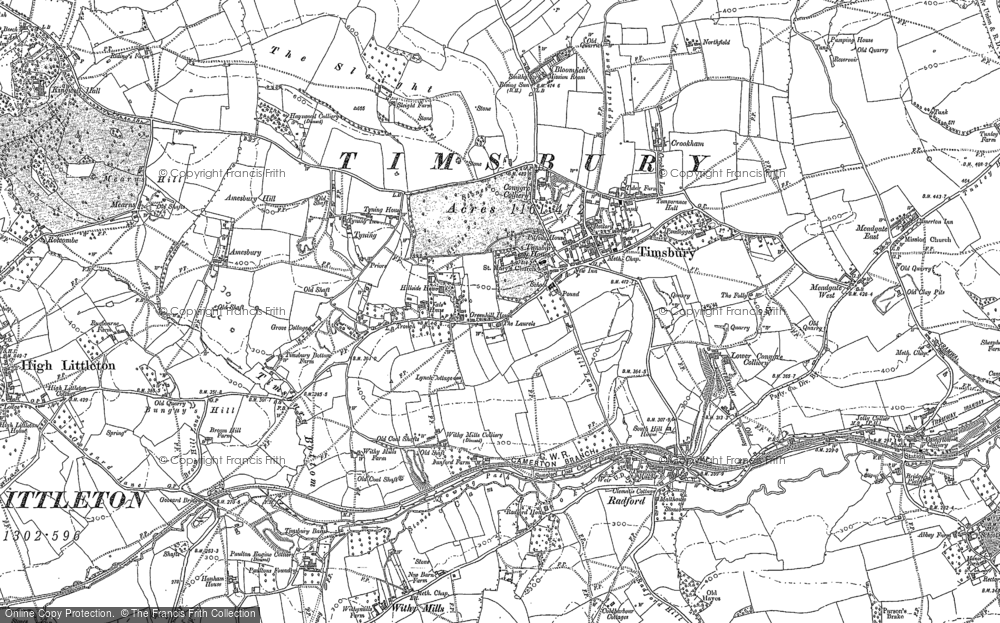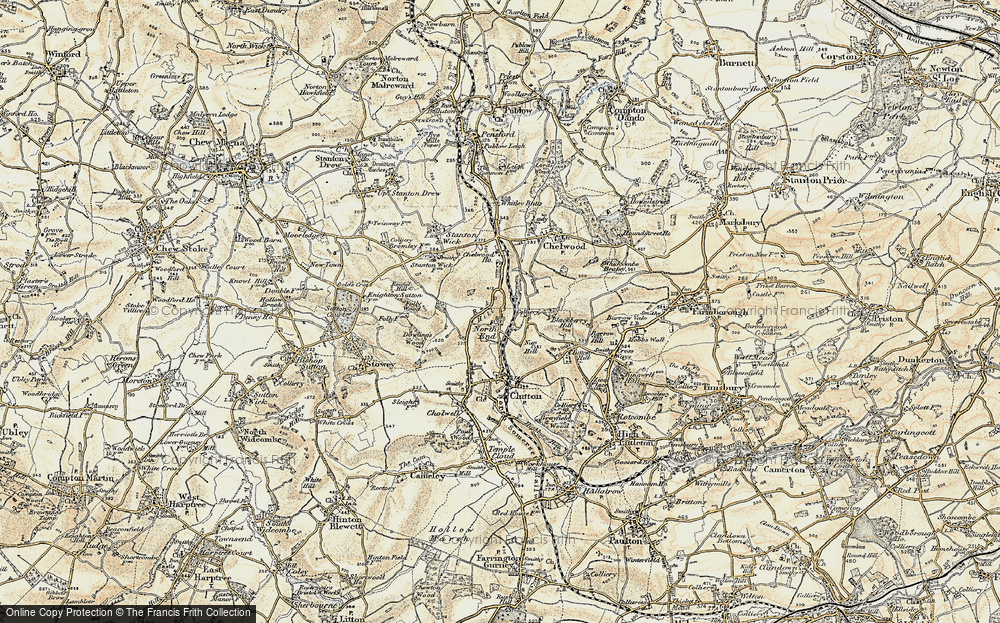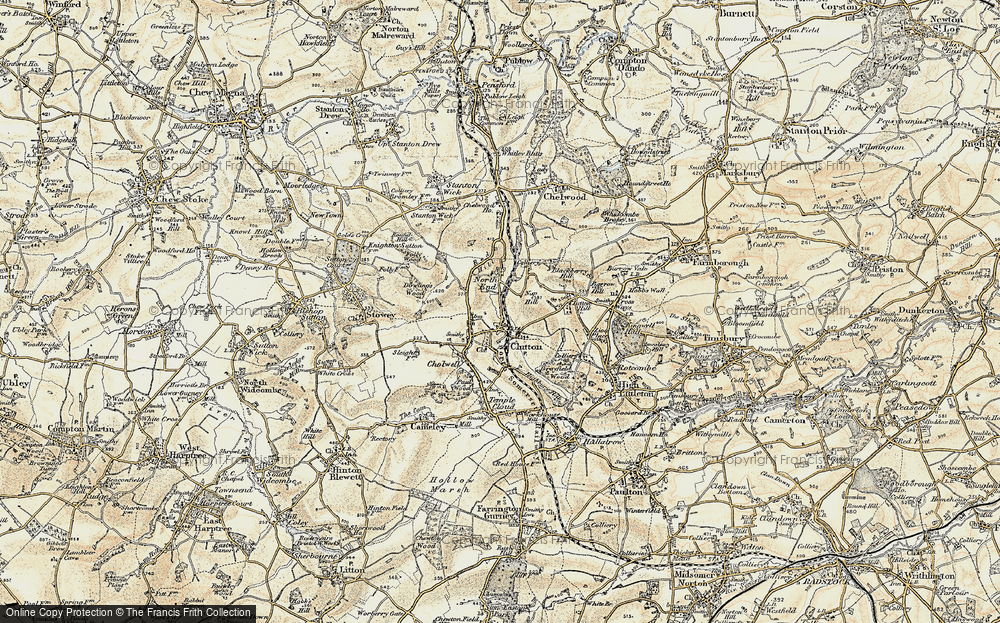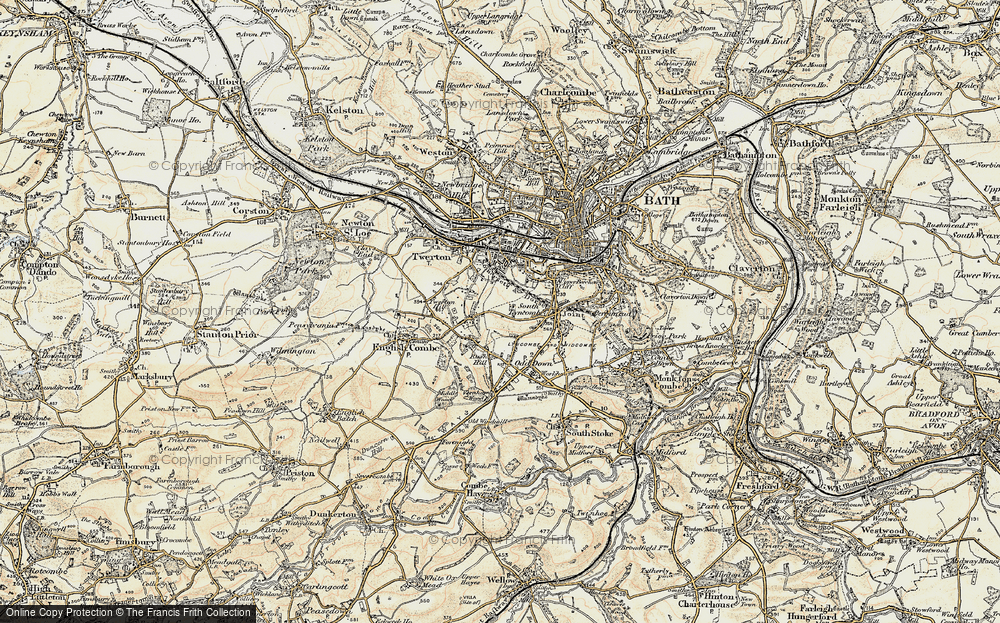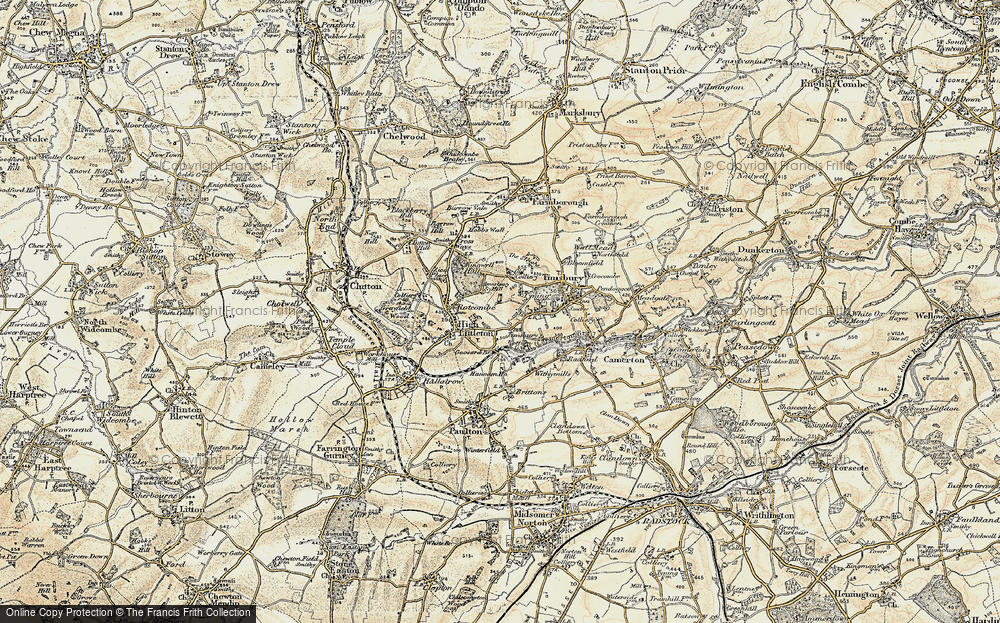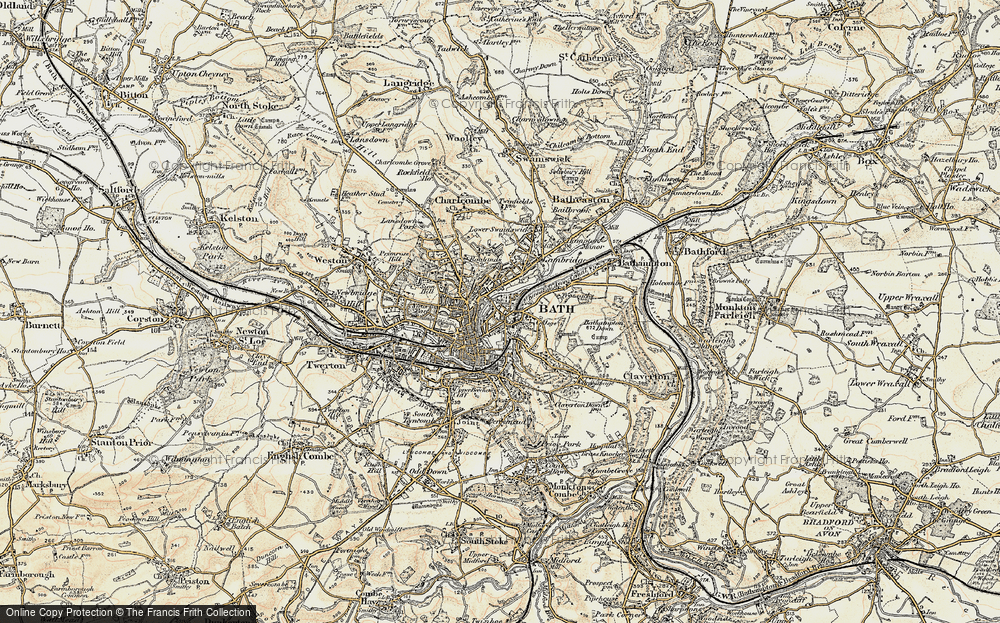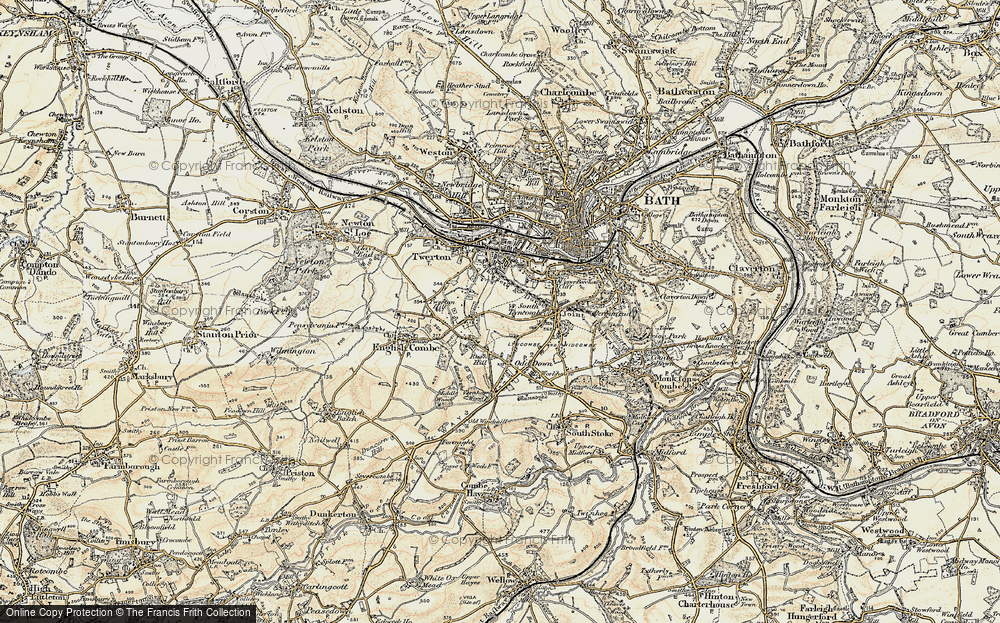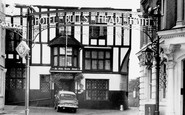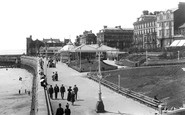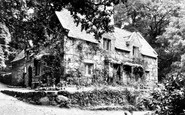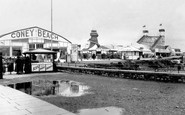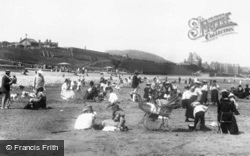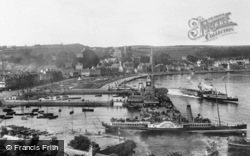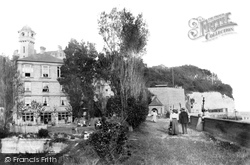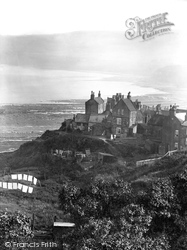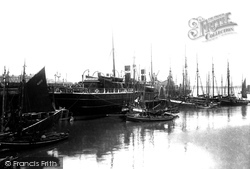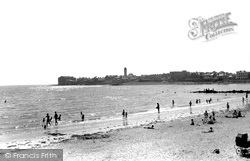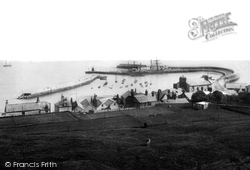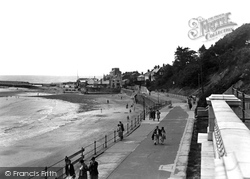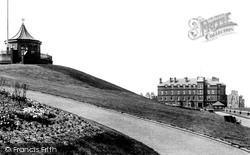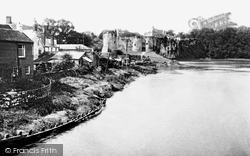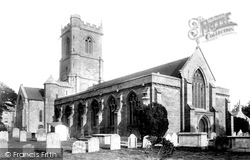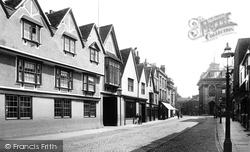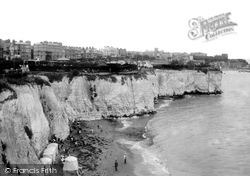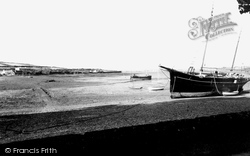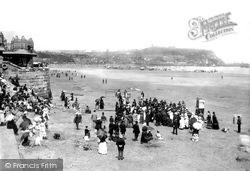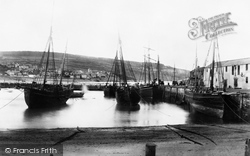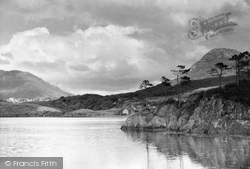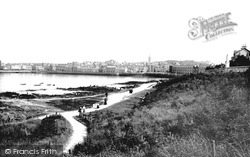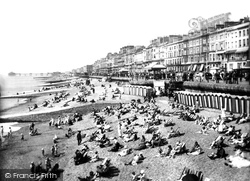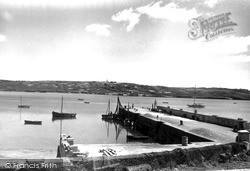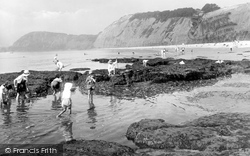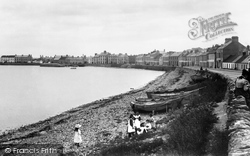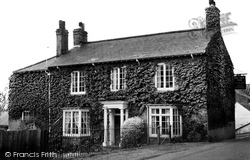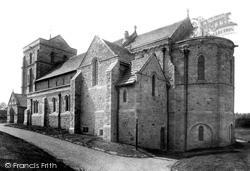Places
Sorry, no places were found that related to your search.
Photos
134 photos found. Showing results 101 to 120.
Maps
896 maps found.
Books
4 books found. Showing results 121 to 4.
Memories
542 memories found. Showing results 51 to 60.
Barclays And Taylors Of Tarraby Farm
My mother Gladys Taylor (nee Barclay) and father James Taylor married and lived at Tarraby Farm, Carlisle in 1927. My mother's parents were Alexander and Isabella Barclay, who lived and worked on the the farm. My ...Read more
A memory of Carlisle in 1920 by
Summer Holidays
Does anyone remember Woodchurch caravan park? We used to go every year from 1969 until its closure in 1973. My aunt and uncle had a caravan there. If you came up from the village it was past the windmill over the crossroads and then ...Read more
A memory of Woodchurch in 1973 by
Hotel Manager
My father was also the manager of The Bulls head hotel in the 1950s, Mr Ronald F Williams. At that time Sophia Loren was staying and she joined us for tea as my mother is Italian also, they had a good long chat. I remember sitting ...Read more
A memory of Aylesbury in 1955 by
Childhood In The 1950s
It breaks my heart to see how the years, short-sighted councillors and rapacious businessmen have ruined this once noble and beautiful seaside resort. How could anybody have countenanced destroying this view for the ...Read more
A memory of Bridlington by
Living In Old Cullercoates
My grandparents lived in Simpson Street and auntie in Elizabeth Street. I am wondering if anyone remembers Garden Terrace, and the old school in John Street where my grandma worked? My grandfather was killed aboard the ...Read more
A memory of Cullercoats in 1965 by
Webburn Lodge Formerly Lower Lodge
GRADE 11 LISTED. House, formerly the south lodge of Buckland Court (q.v.). Probably mid C19; simplified Tudor style. Granite rubble. Slated roofs. Large granite ashlar chimneystack on ridge in centre ...Read more
A memory of Buckland in the Moor in 1890 by
Port Quin
As a young man with my first car and girlfriend we toured Cornwall and came across Port Quin, wow what a place. No one came here, most of the houses were derelict, the small car park to the left was the only place to park about six cars ...Read more
A memory of Port Quin in 1969
Caravan Holiday Trecco Bay
Caravan Holidays at Trecco Bay in the 1960s & 1970s were wonderful, the ride around the caravans on the old three wheeler tricycles and the wonderful times you had in the arena when there were jazz band competitions ...Read more
A memory of Porthcawl in 1960 by
Hill House
I moved back to Hill House, with my brothers, Adrian, Anthony & Twins Russell & Howard. Micky , John & Julian arrived a few years later. I lived there untill 1963, when I got married, and moved to a flat at Kelsale court. I ...Read more
A memory of Kelsale in 1951 by
Some Childhood Years In Sorbie 1932 T0 1937
The family moved from Reay in Caithness to Sorbie in 1932 - I was 2 years old and had a sister who was 12 years old and a brother, 10 years old, so there was a huge difference in ages and I was brought up as ...Read more
A memory of Sorbie in 1930 by
Captions
870 captions found. Showing results 121 to 144.
This popular seaside resort sits in a wide sweep of bay on the north coast, with wooded hills behind the promenade, which fronts miles of safe sandy beach.
Rothesay is the county town on the eastern side of the Island of Bute, in an ideal location in the sheltered 'sweet Rothesay Bay', to quote the popular song.
Here we have a wonderful picture of this peaceful seaside resort; the distinctive large hotel on the left is still there. Otherwise, Pegwell Bay has seen some changes.
Robin Hood's Bay is now half the size of the original village - the centre section slid into the sea, taking with it the new road.
Fleetwood became England's principal fishing port on the west coast with a fleet to rival those of Hull and Grimsby. In this picture there are trawlers and Morecambe Bay prawners.
A view of one of the beaches which look out over Galway Bay to County Clare and the limestone landscape of the Burren.
Its buildings range from Bay Cottage (near left), the Royal Standard, Sunnyholme, the Bonded Store, and the Coastguard Station to the old Cobb Arms (right).
Cobb hamlet is sandwiched between Cobb harbour (left) and the somewhat landslipped Langmoor Gardens (right). The Old Bonded Store and Bay Cottage (centre) can be clearly seen.
Fleetwood's other principal hotel was the Mount. The hotel was built with its front on the promenade, offering guests excellent views of the bay.
The Wye has long been famous for its salmon fishing, as records going back to the 10th century show. It has been controlled over the years in an effort to conserve stocks.
This is St Mary's Parish Church, seen from the north-west, showing the two bays of the nave and aisles extended in 1860 (right).
Compare this view with the 1960s view A15142.
The low white cliffs at Broadstairs shelter this bay, and people are making use of the tents on the beach to change for a dip in the sea.
On this southern arm of the Haven, Angle Bay boasts fine views right across the Milford Haven. There are several beached boats, the first complete with tender.
Punch and Judy hold the attention of the formally-dressed crowd of holidaymakers in the South Bay.
Lyme Regis harbour, or the Cobb, was once a seafaring settlement separate from the old town.
A view looking eastwards along the rocky Barnaderg Bay towards Letterfrack and Diamond Hill. Letterfrack, situated in the heart of the National Park, is one of the major centres of Connemara.
Another fine view of the bay, showing the town crowding down to the waterfront and the townsfolk taking a stroll. The marina and Pickie Fun Park now occupy this part of the waterfront.
On a clear day, Eastbourne may be seen to the west across Pevensey Bay from Hastings Pier and the sea front. To the east are clear views to the broad peninsula of Dungeness.
A pleasing picture of the little pier at Schull. All is quiet, with rowing boats and a yacht moored in the small bay. Note the car at the entrance to the quayside.
Rock-pooling has always been one of the joys of a seaside holiday, and these children are obviously enjoying themselves.
A view looking south round the sweep of the bay to the little harbour, once used by the mail boats to Portpatrick in Wigtownshire. Boats are drawn up on the pebbled beach, where girls are playing.
The front of this charming Georgian house, with its bay windows and portico at the front door, is now obscured by the addition of a single-storey annexe which provides a riverside eating area for customers
Local people believe that Flookburgh got its name from the fluke, a fish caught in Morecambe Bay, and a representation of one is on the weather vane.
Places (0)
Photos (134)
Memories (542)
Books (4)
Maps (896)




